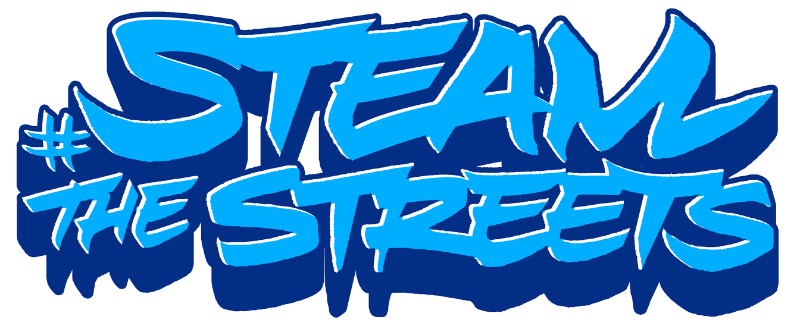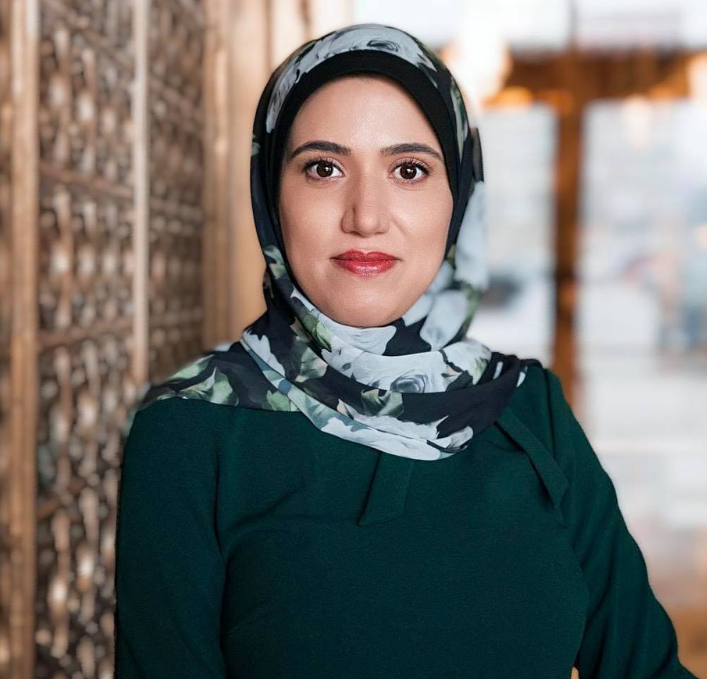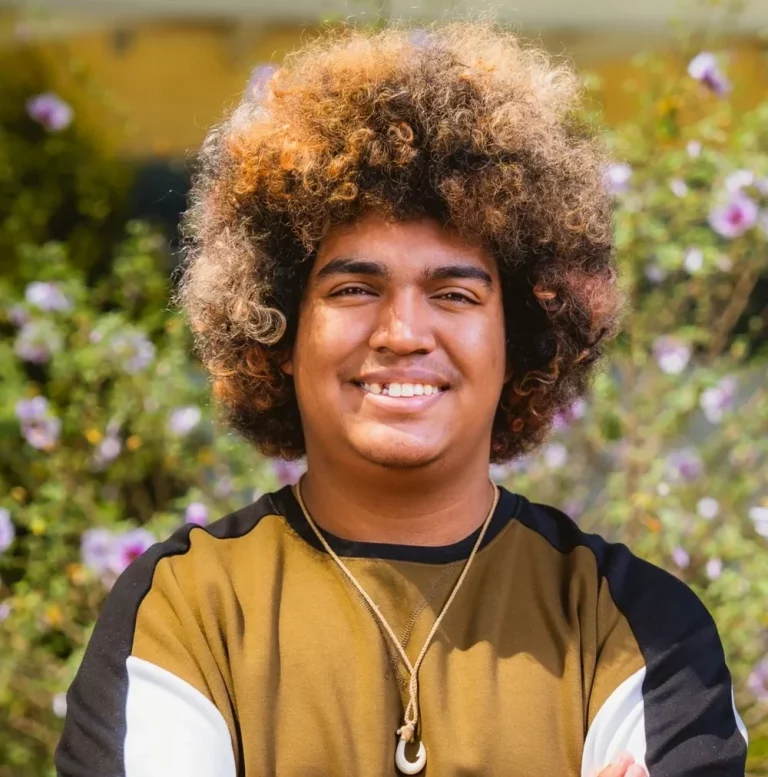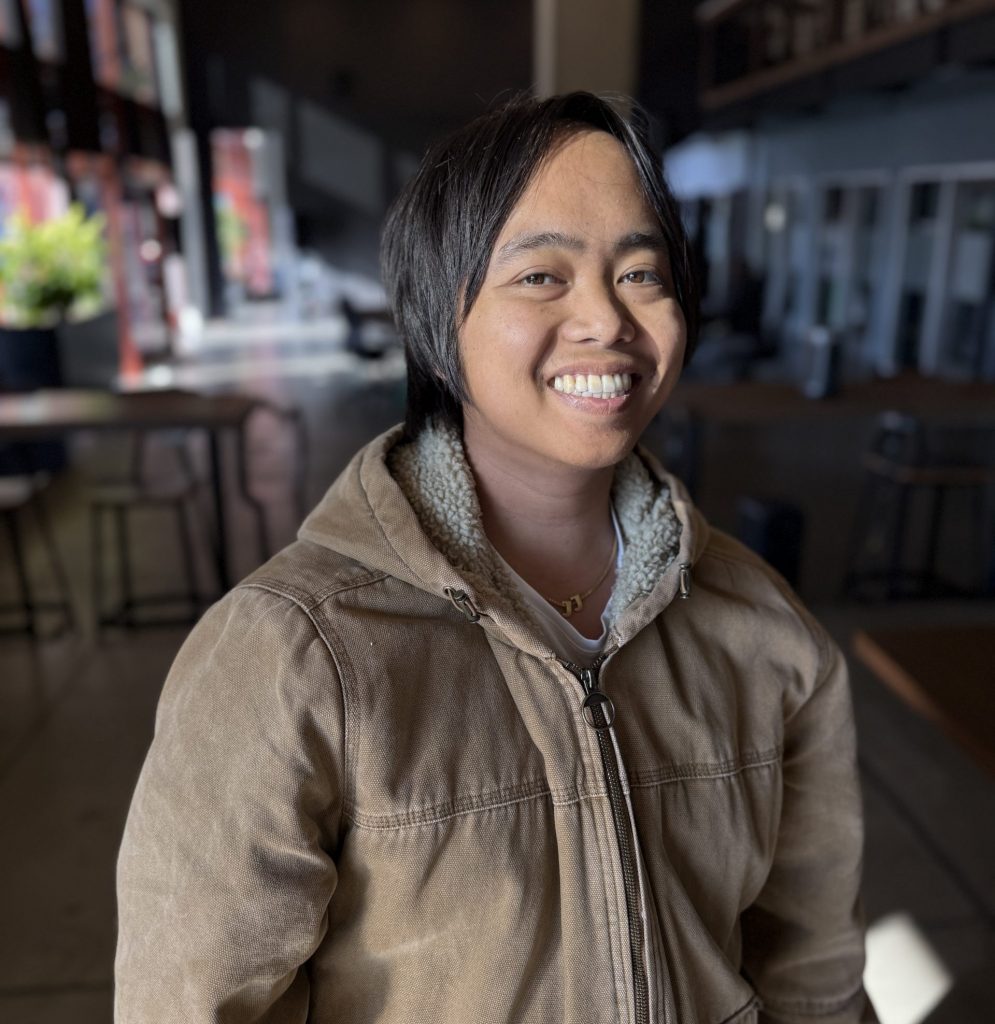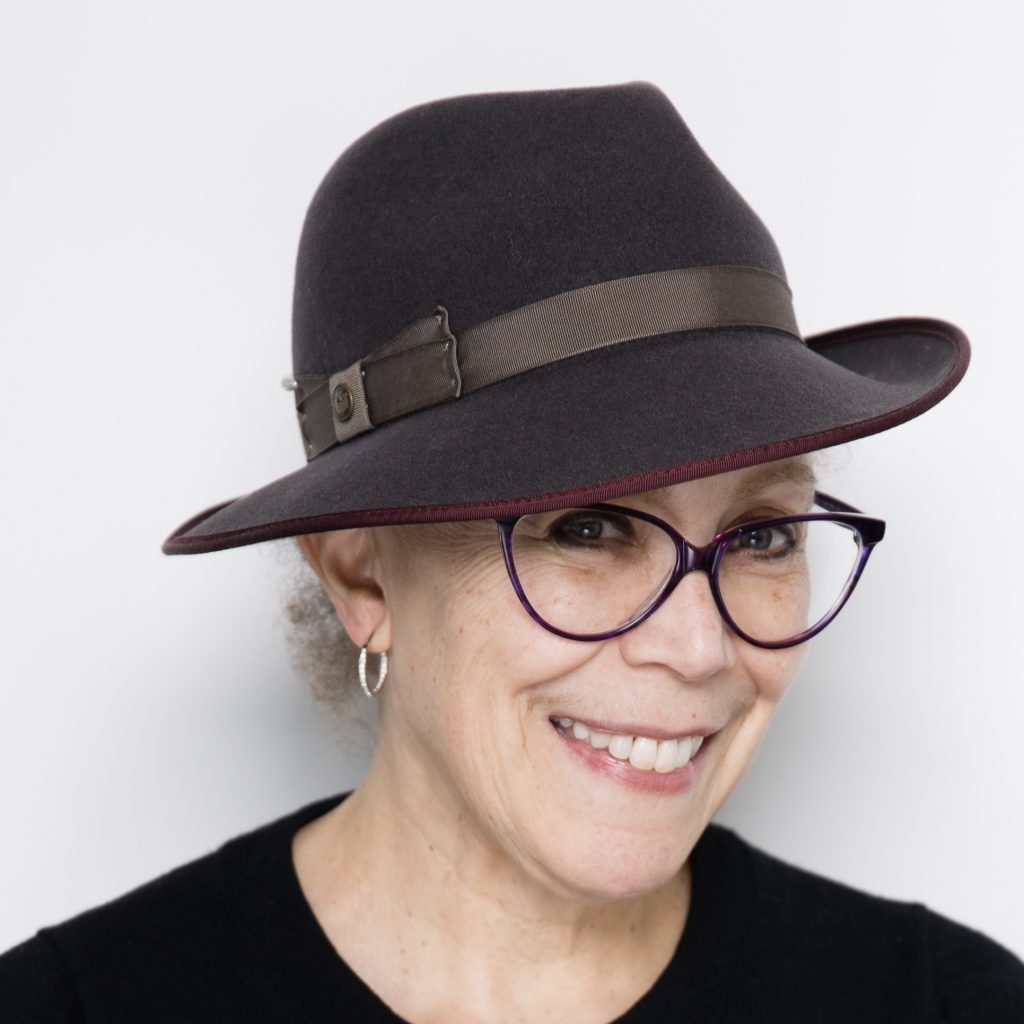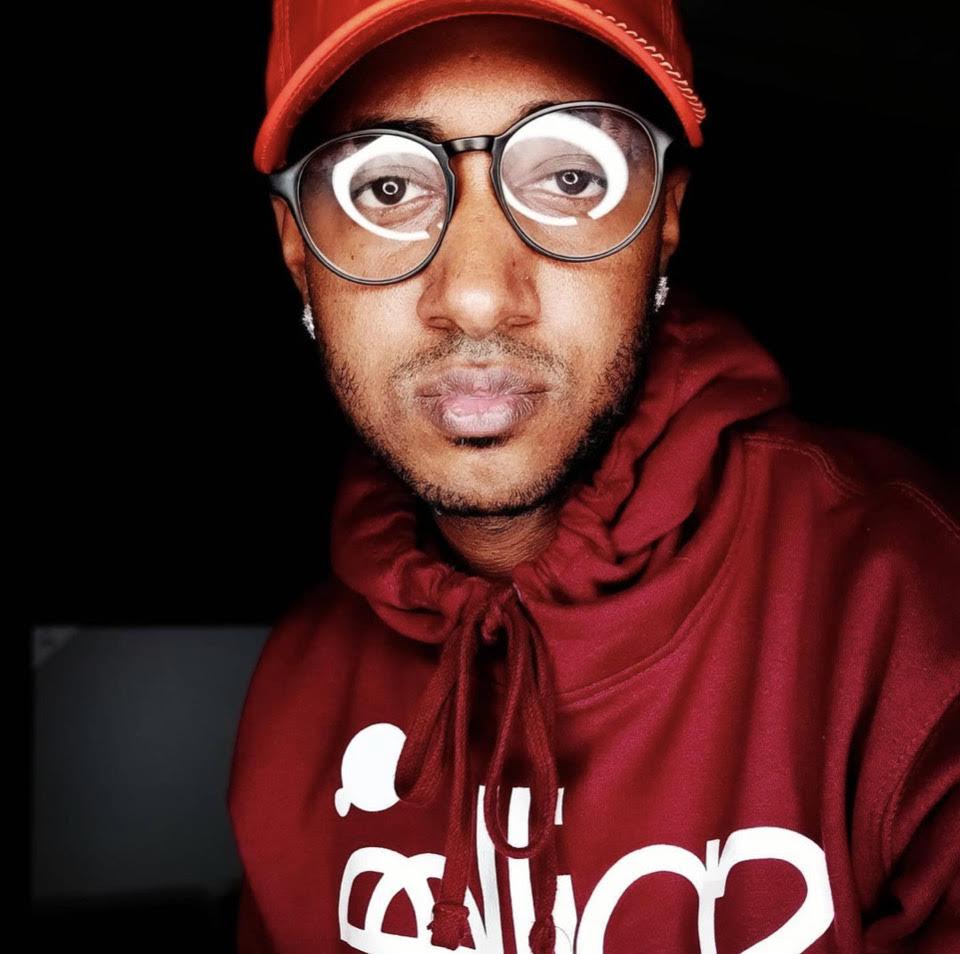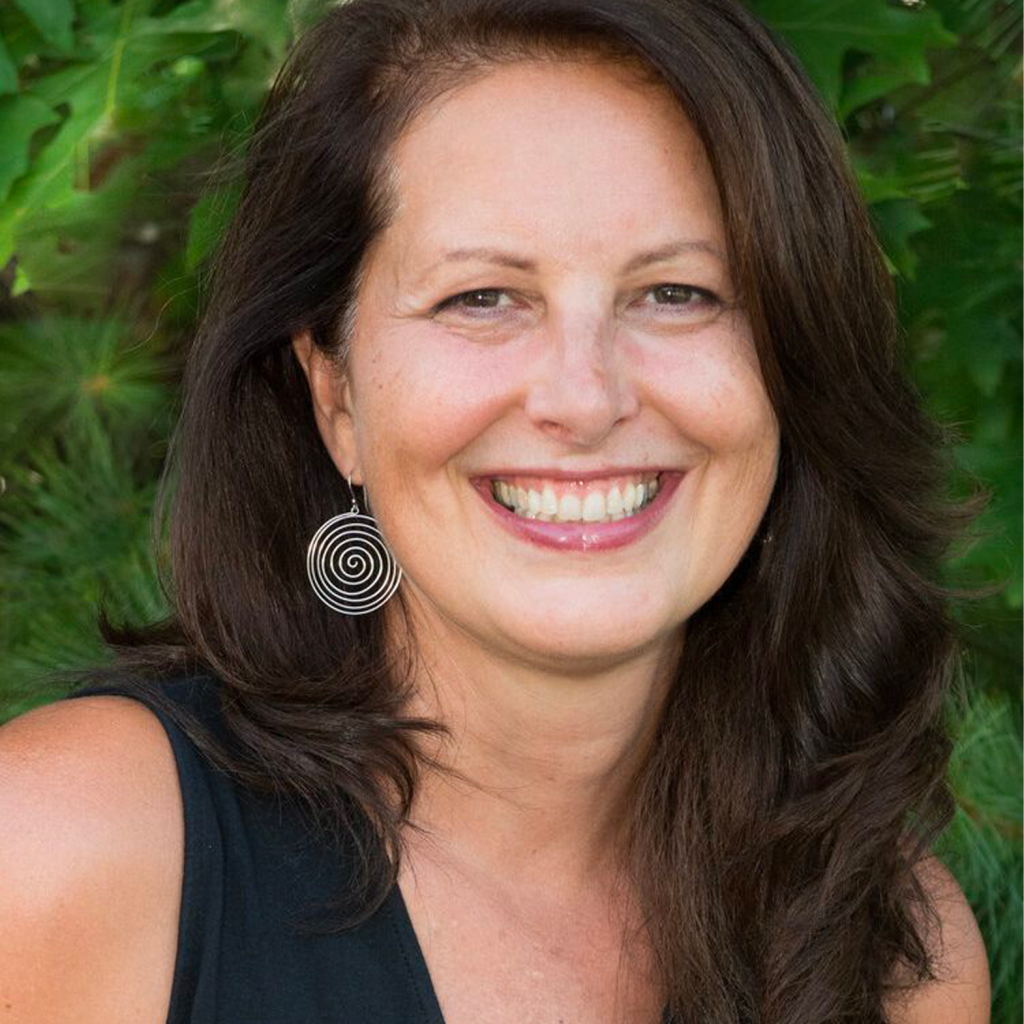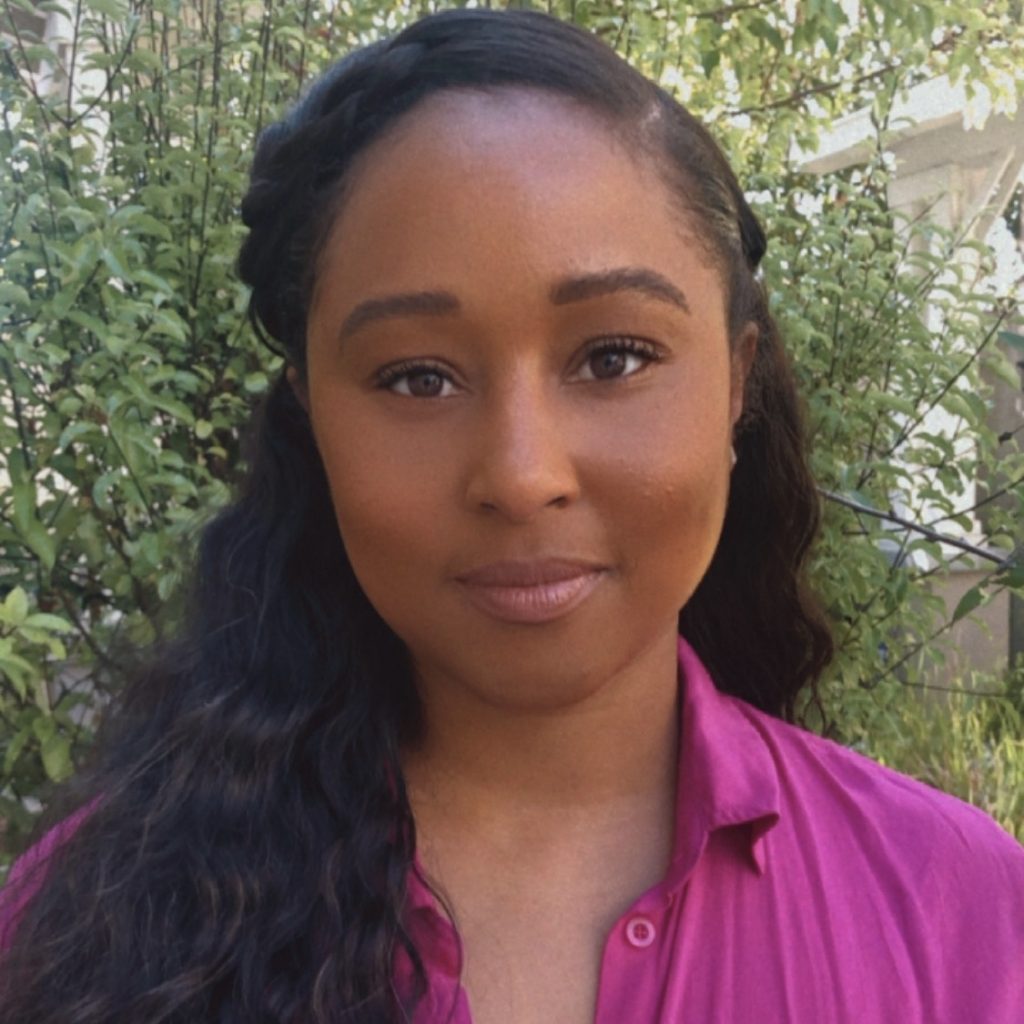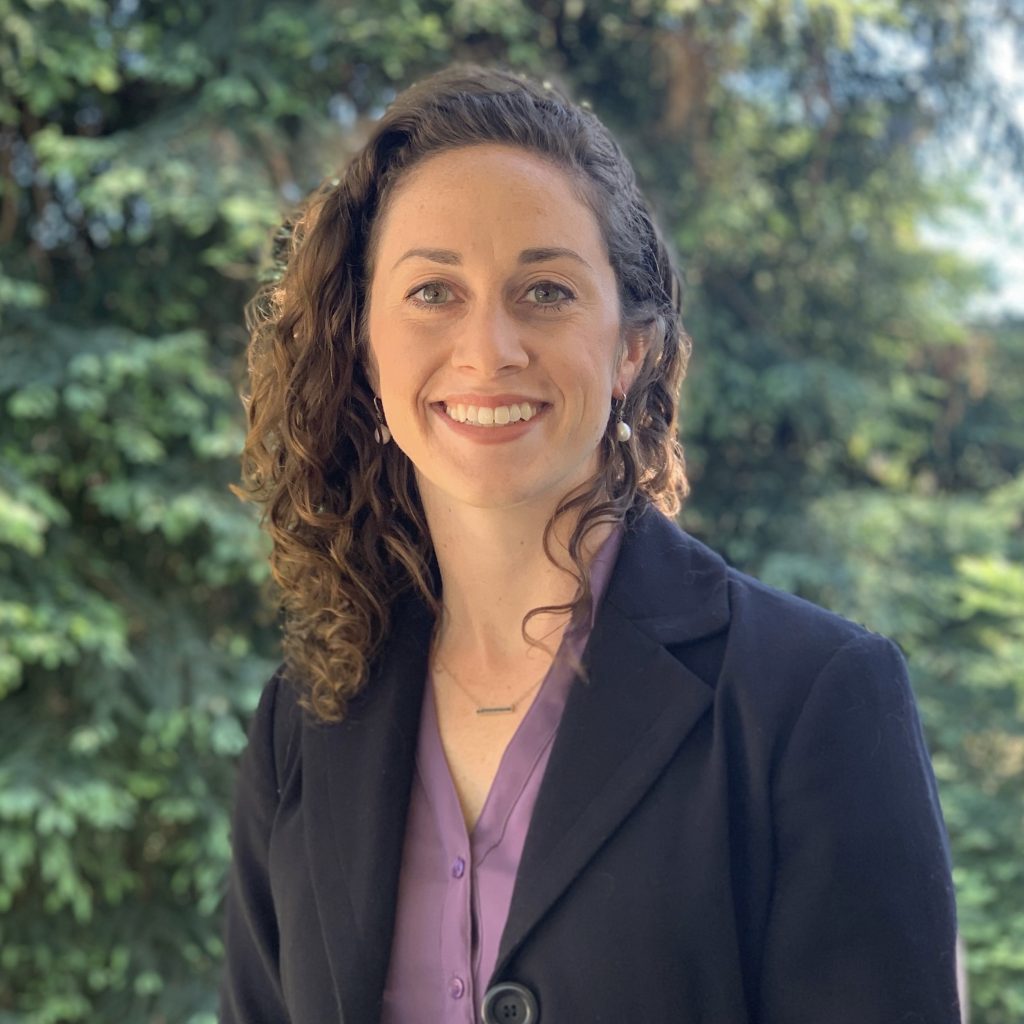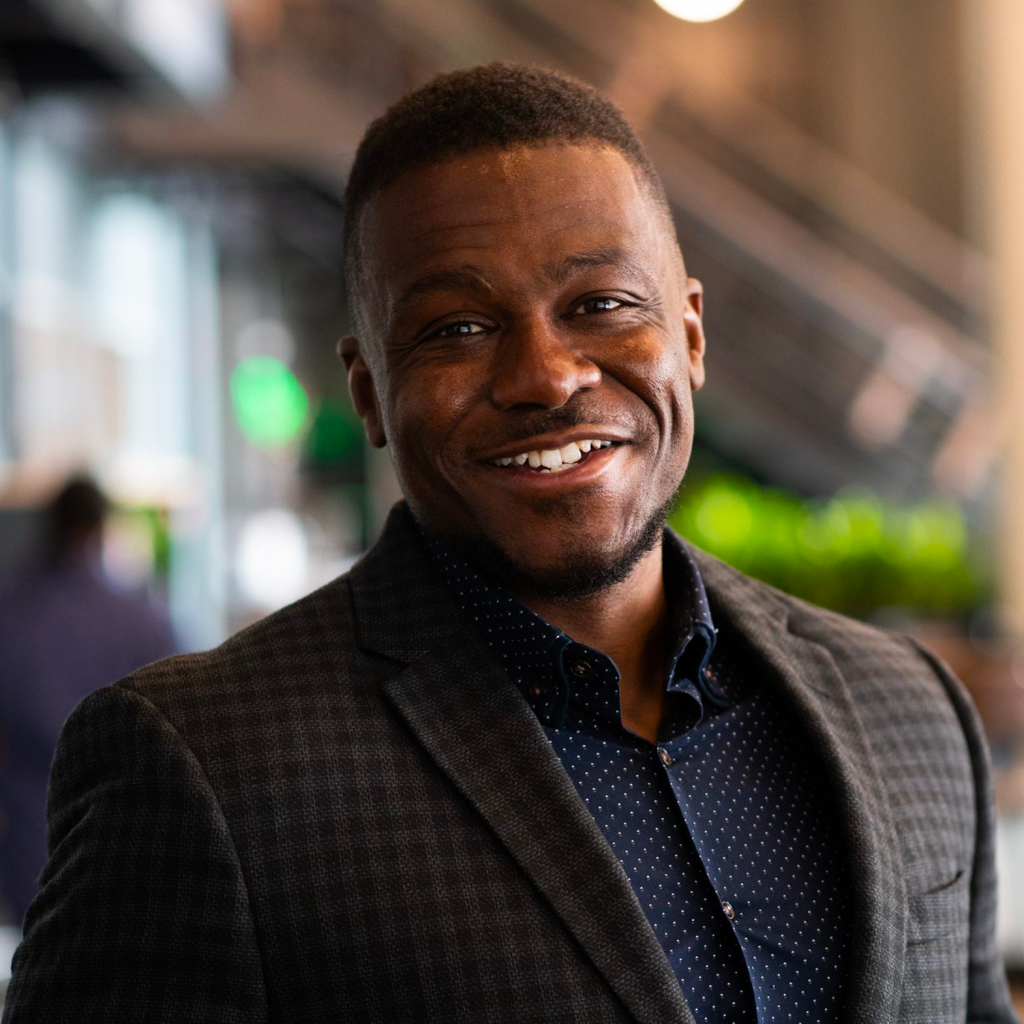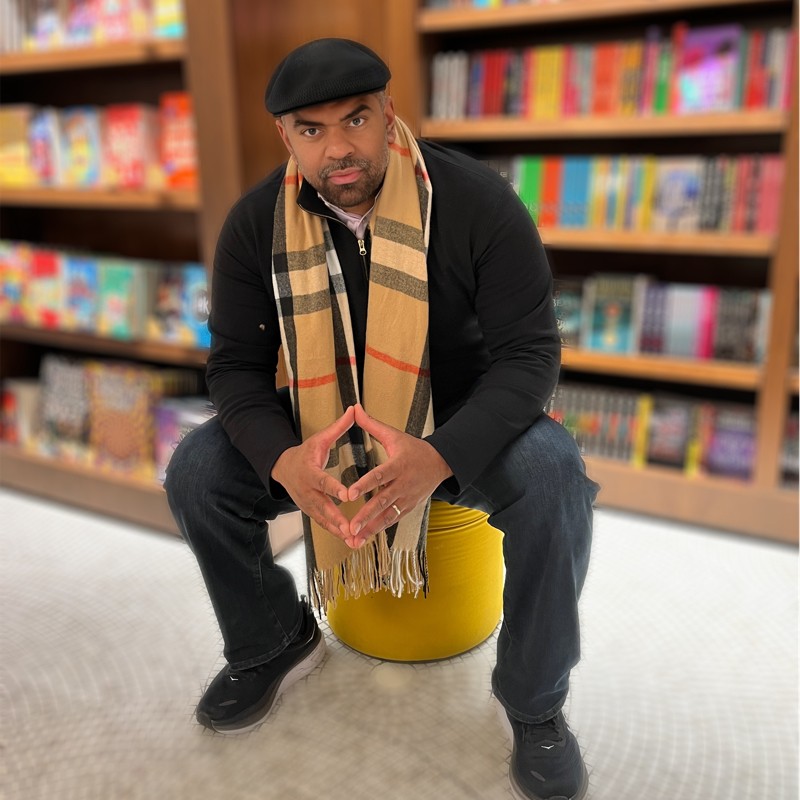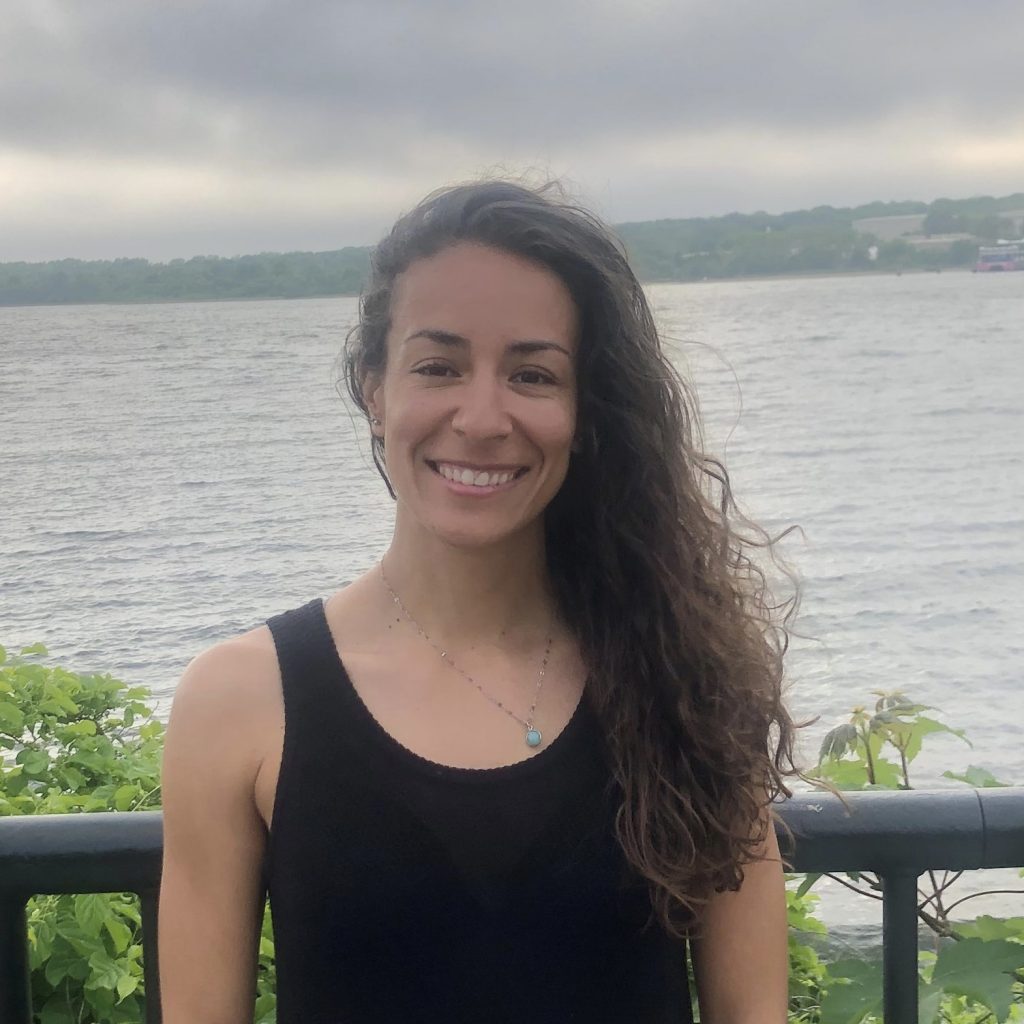WHAT WE DO

We Engage the Workforce
of Tomorrow
We have a unique method of reaching youth through a hybrid mix of engaging content and in-person programming, that motivates students to envision and pursue their paths.
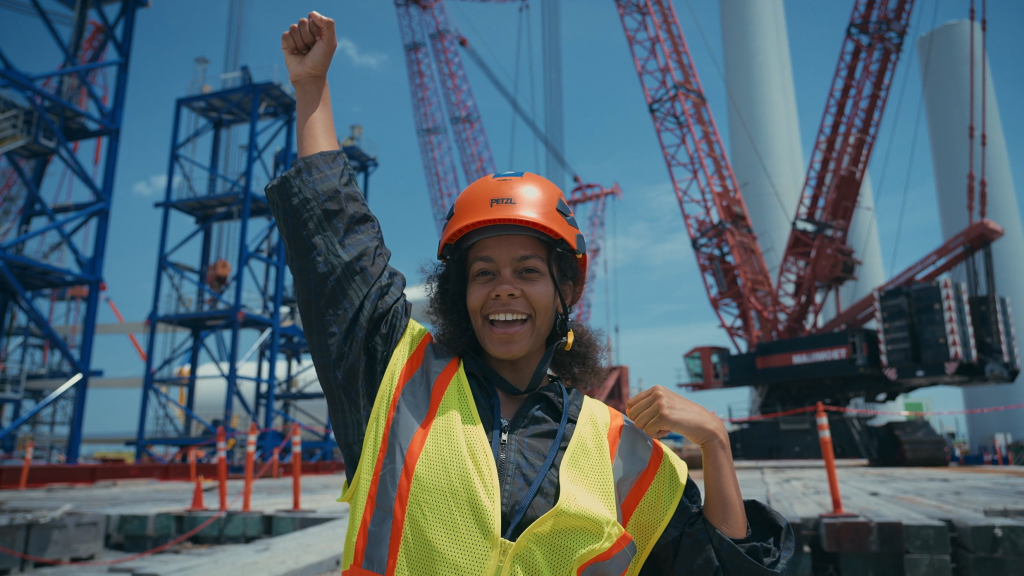
Building a Bridge to
Careers
We utilize youths’ interests and the Arts to educate and inspire, making STEAM careers relatable and accessible.
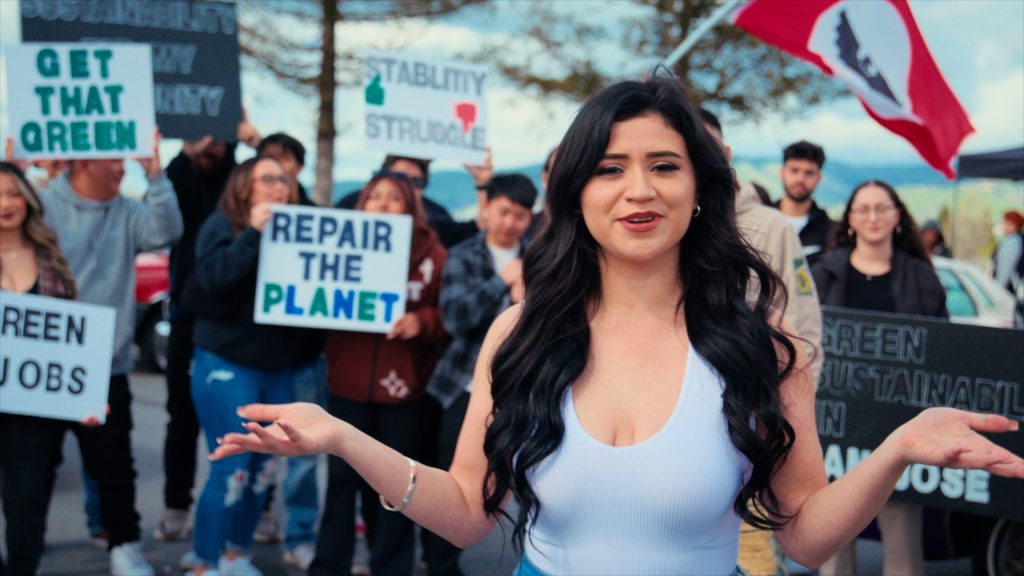
We Produce Compelling Culturally Relevant Media
We tell stories of diverse role models that help young people identify with and see themselves in emerging career paths.
Our Mission
To increase youth engagement, awareness and interest in emerging career pathways through media, music, and interactive programming.
OUR IMPACT
Through in-school programming, production and distribution of impactful, relevant content and the building of cross-sector partnerships, STEAM the Streets has become a force in the ecosystem to create a more inclusive STEAM career pipeline.
Accomplishments
- Since 2016, STEAM the Streets has directly served over 98,000+ youth in person and virtually, in addition to more than 3 million impressions via online media campaigns.
- STEAM the Streets has helped numerous partners reach their outreach and recruitment goals including Cañada College, who saw their Full Stack Development program become their highest enrolled workforce program, thanks in big part to STS’ messaging and storytelling.
- A music video we produced about Black Inventors, “Black Made That,” involving over 300 students from Richmond, CA & New Bedford, MA, has garnered 1.5 million cumulative views and 33 thousand shares. Educators across the country are using it to engage students around Black History and STEAM.
- Since 2017, we have released ten episodes of “STEAM Powered,” a video series highlighting the stories of underrepresented professionals and rising amateurs in STEAM career fields. We utilize the videos for school assemblies, online distribution, and as resources to help close the opportunity gap. You can find all ten videos in the Discover tab in the STEAM the Streets App.
- Through a long-term partnership from 2016-2020 with Carney Academy in New Bedford, MA, our programming helped double the number of 5th grade students who scored proficient on the Massachusetts Science assessment from 30% to 60%.
- In 2018, Keith Middle School reached only 7% of their target on the Massachusetts state assessment, and that number jumped to 66% in 2020 after partnering with STEAM the Streets.
“I am the Science teacher for grade 5 here at Dighton Middle School. I wanted to express my appreciation for your presentation this morning. It is so vital for students to hear from someone other than me that STEAM is so important. Often times we cannot see the importance of education and are just getting through the day. I was impressed with your show and I said to kids I wished you could see them working hard each day in Science for me.”
Andrea CabralTeacher, Grade 5 Science
“It’s about equity, it’s about access. You don’t know what you don’t know. You don’t know about these opportunities if you don’t have role models. STEAM the Streets should be doing this at every school.”
Justine MedinaFormer Principal, Carlos Pacheco Middle School.
"The STEAM initiative at Keith Middle School was about changing mindsets and exposing students to opportunities. No matter where you come from greatness is at your finger tips and it may not always be down the path you think. Through our partnership students heard this message from the launch assembly and local guest speakers and went on to experience it through partnerships between teachers and field experts during after-school programming."
Josh AlmeidaFormer Principal, Keith Middle School MEET THE TEAM
MEET THE ADVISORY BOARD
Management Analyst & Employee Engagement Team Lead, Office of the Deputy Assistant Secretary, U.S. Department of Housing and Urban Development
Talent and Workforce Development Consultant, Accenture / Co-Founder, More Than Our Worst LLC
Fiscal Sponsor
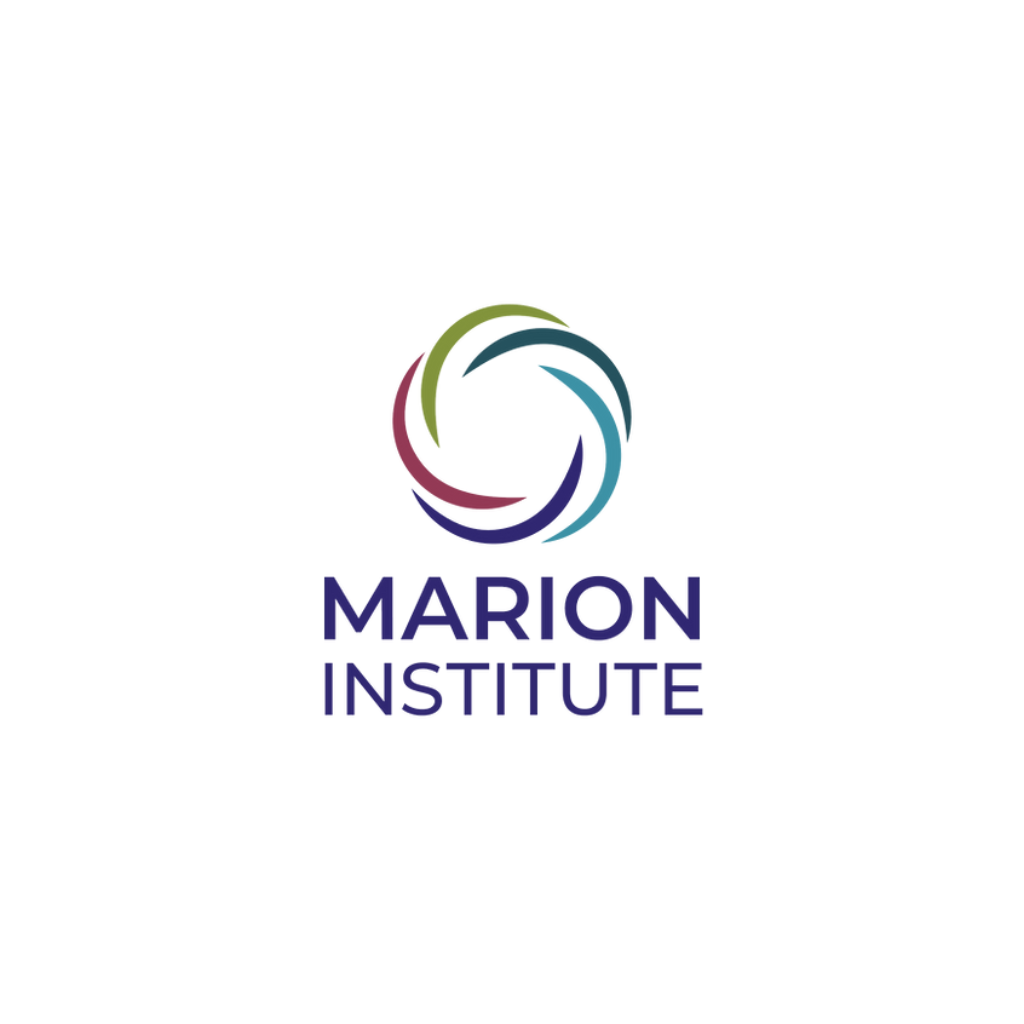
Our Funders
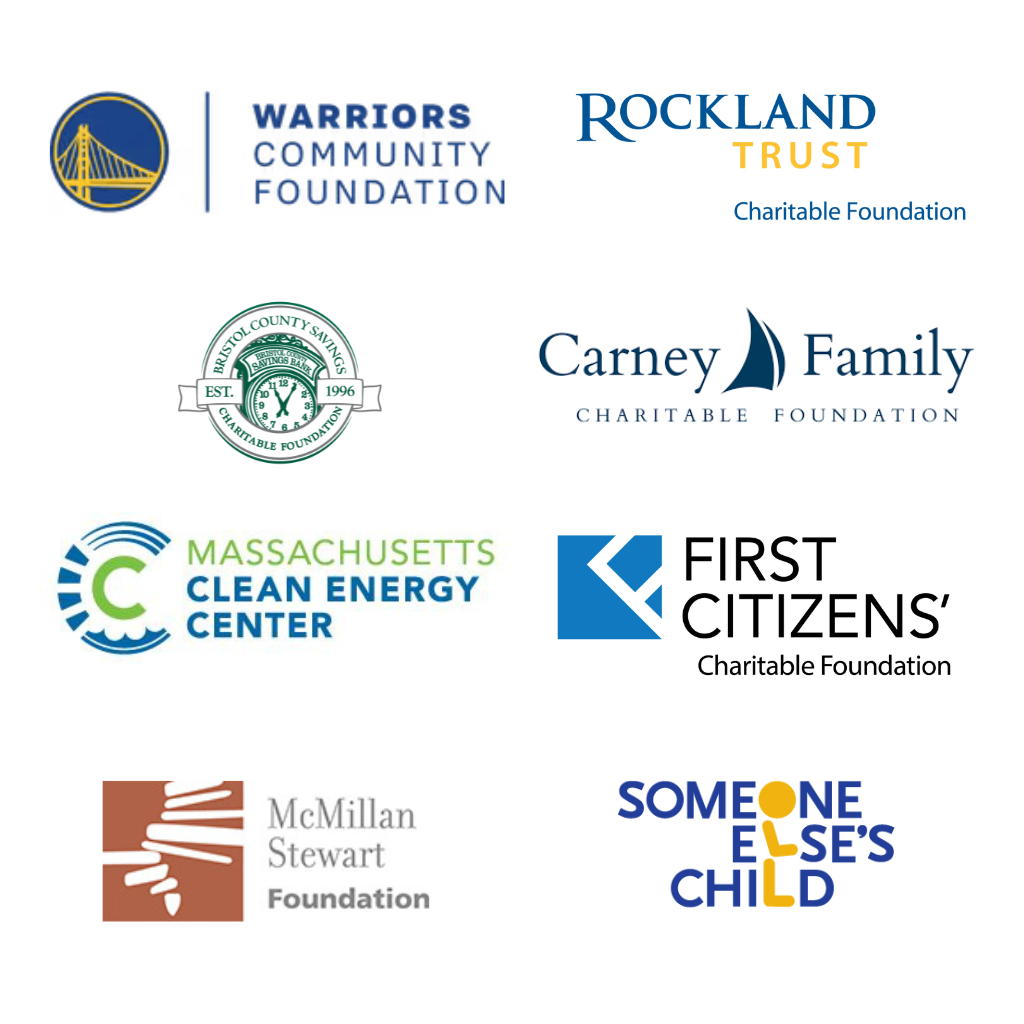
Community Partners
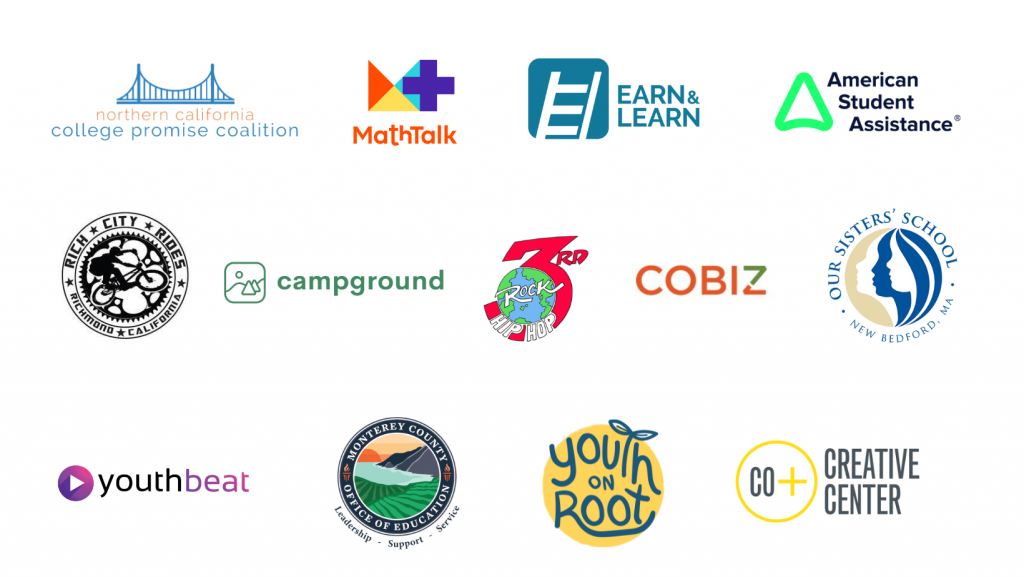
Our Trusted Service Partners

